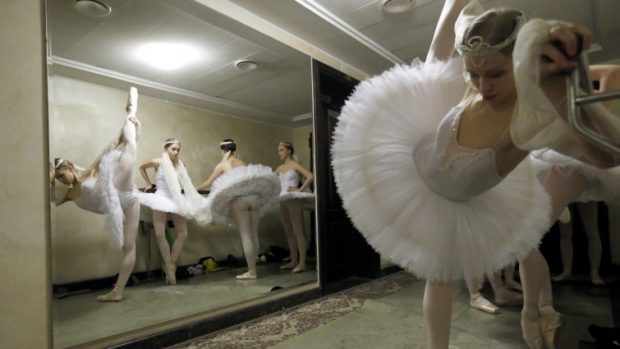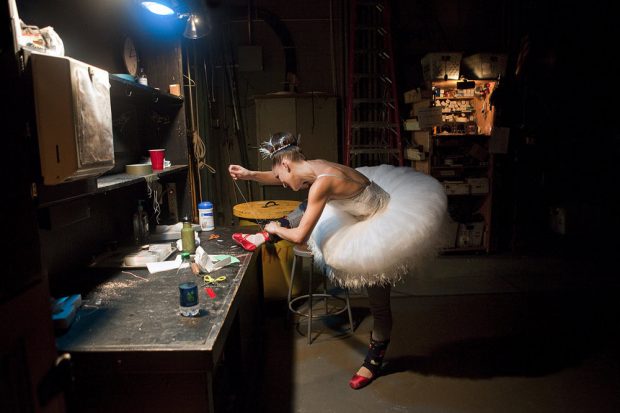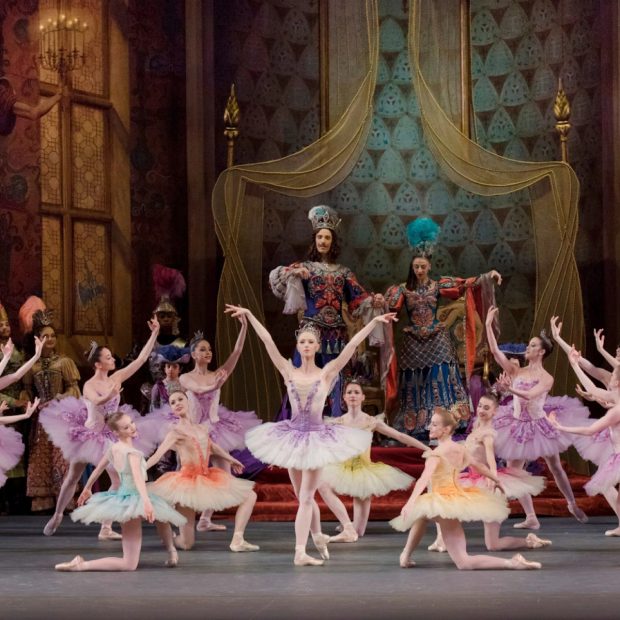
Those who visit a theater usually only see what is happening on the stage. Most of the dramas take place behind it – in the backstage area. Here strength, courage, and self-confidence are put to the test. Fixed rules apply here – and there are even ghosts.
In “The Presentation of Self in Everyday Life” – “We all play theater” -, a sociological study of the behavior of people in different publics, Erving Goffman is the first social scientist to use terms from the theater world: “The backstage,” he wrote in 1956, “can be defined as the place belonging to a performance, where the impression created by the representation is deliberately and naturally refuted.” The front stage, or actual stage, is, for example, the dining room of a restaurant – the kitchen is backstage.
See also New York: A History of National Colors
Dealing with the others present differs significantly: “In the whole of Western society, one unofficial, backstage language is common and another for occasions when one presents oneself.”
“The language of backstage includes addressing by the first name, joint decisions, vulgarity, open sexual innuendos, nagging, smoking, casual clothing, ‘sloppy’ sitting and standing, use of dialect or colloquial language, murmuring and screaming, playful aggression, and ‘teasing’ ‘, Recklessness towards the other in smaller but potentially symbolic acts, minor physical reactions such as buzzing, whistling, gum chewing, burping and letting the wind blow. All this is missing in the front stage language.”
In fact, the differences between what is referred to as the backstage area, which is invisible to most, and what goes on on the main stage under the eyes of the audience couldn’t be greater. Building sociology of everyday behavior with them seems more than justified. In the dance everyone reports how big the difference is – between the dancer who was just circling the opera stage in far-reaching split jumps at shoulder height and the high-performance athlete who was struggling for breath, bathed in sweat, and resting his hands on his thighs at the end of his strength.
The noble, impressive, sovereign, heroic figures of the ballets of the nineteenth century: they all transform themselves, again and again, backstage into painful, panting, cursing, defeated on the floor. But the division into the front and back stages is not just spatially defined. The moment the curtain closes after a premiere, the whole stage changes from time to time: the whole ensemble screams cheerfully and overjoyed because the premiere is over. And where Albrecht was just mourning the dead Giselle, spectators surround the dancers, speeches are made and technicians are praised and champagne glasses are passed around.
See also Edge Viewing Platform Experience
Before the performance, Backstage is the area of mystical transformation. Here Sergej Polunin is transformed into Prince Albrecht, from Swetlana Zakharova into the Firebird. And because this transformation obeys mysterious laws and is threatened with failure, the backstage area is also where you prepare for the transition to the area where the strict laws apply: no smoking, no whistling, no walking around with beer bottles.

The dance theater draws a large proportion of its anecdotes from the process of openly exposing backstage behavior, of making it a topic – that is, of publishing the secrets of the theater world. What works according to the old concept of comedy, to confront the high, the sublime, with the crude, low, raw, banal.
READ: 25 Top-Rated Tourist Attractions & Things to Do in Dubai
Backstage is the area where dancers dry off, drink water, coke, have sex, change clothes, warm-up, stretch. It is the place where stage fright rises highest, the place where the consciousness sinks that one is facing the greatest triumph or has to cope with a terrible defeat. Backstage, you meet the first people who have witnessed this and you have to look them in the eye – or you can fall around their necks. The atmosphere in the alleys is so tense that you can stay in the cloakroom for as long as possible.

The New York City Ballet is the only company in the world where the costumes are backstage and everyone has to dress for their performance there.
There are also a lot of dancers in the alleys who have nothing to do to watch famous colleagues. This observer position is most carefree in childhood when one is allowed to dance in performance but does not yet feel the responsibility for its success.
If the stage is the place where the adrenaline rushes through your blood so that gravity, pain, and all restrictions do not affect you, then backstage is the area where you have to convince yourself beforehand that these thousands of people want to see you, and afterward, you have to deal with the fact that the adrenaline level drops rapidly and everything that has been repressed returns.
Because so much is happening here in such tight chronological order, there are so many legends about this place. Ghost stories are told in old theaters like the opera houses of Manchester, Liverpool, or Leeds. The ghosts, the phantoms of the opera, of course, go around backstage, in the semi-darkness of the backstage.
Like us on Facebook for more stories like this: